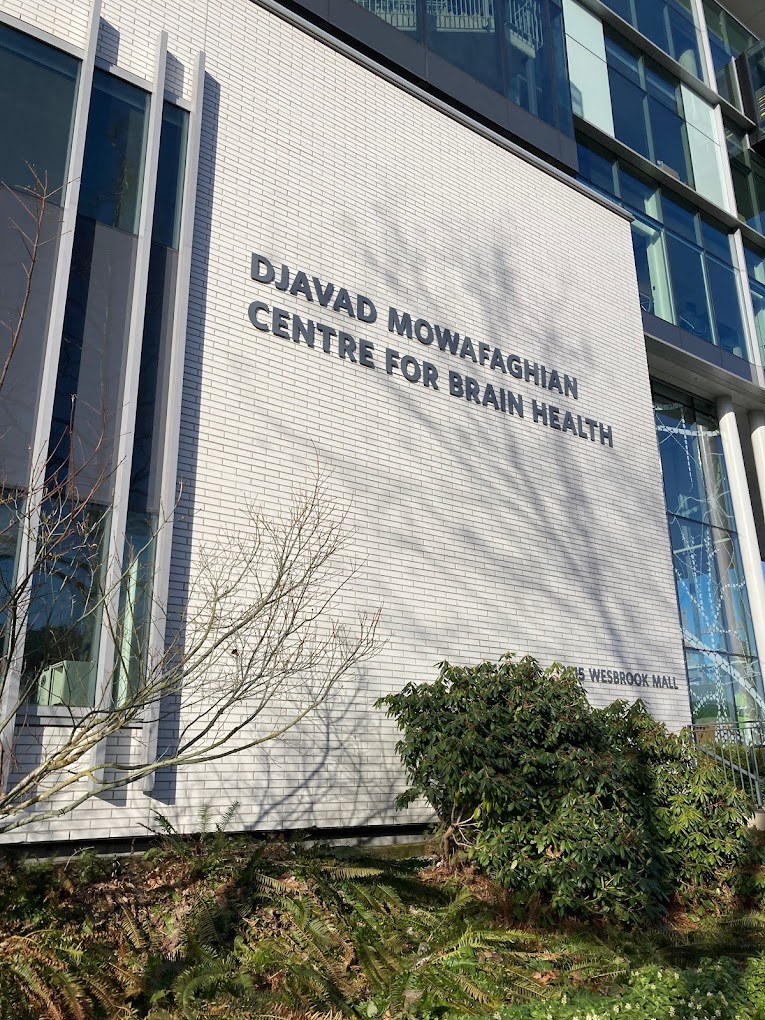
Huntington’s Disease Research at Dr. Lynn Raymond’s Lab
Join us at the forefront of neuroscience to explore groundbreaking research on Huntington's disease. Discover how our team at the University of British Columbia uses advanced animal models to unravel the disease's complexities and drive the development of innovative treatments.
Projects
Our team is always working on ground-breaking projects that change the world

Neuromodulation Changes in the Striatum
Huntington disease (HD) leads to the dysfunction and degeneration of striatal neurons. Our project focuses on understanding the alterations in the neuromodulatory pathways influenced by neurotransmitters like dopamine, acetylcholine, and endocannabinoids. We employ fluorescence microscopy, live brain slice imaging with genetically encoded neurotransmitter sensors, molecular techniques such as Western Blotting and super-resolution microscopy, and electrophysiology to investigate these changes. Furthermore, we utilize fiber photometry in live animals to link these molecular alterations to behavior. This comprehensive approach helps us identify critical pathways for targeted drug development as the disease progresses.

Sensory Processing in the Cortex
Beyond the striatum, HD also affects the cortex well before clinical diagnosis. We have observed altered cortical responses to sensory stimuli, including changes in the electrophysiological properties of cortical neurons and interneurons over the disease course. Our methods include immunostaining, immunoblotting, electrophysiology, multi-photon microscopy, and wide-field imaging of cortical activity in behaving mice. By designing specific behavioral tasks, we aim to correlate these neural changes with behavioral outcomes, enhancing our understanding of cortical involvement in HD.

Sensory-Motor Integration and Motor Learning in HD
To gain insights into the corticostriatal circuit affected in HD, we study the integration of sensory inputs and motor outputs. Utilizing an all-optical platform, we assess the activity in the dorsal cortex and striatum of transgenic mice trained on motor tasks. Our suite of multicolor probes enables us to monitor neurotransmitter release and neuronal activity, revealing the dynamics of neuroplasticity in both healthy and HD mice. This research elucidates how sensory information is processed and manifests as motor behavior in HD, providing clues to the underlying neural alterations.

Characterization of Naturalistic Behaviors and Motor Learning in HD
Movement is the ultimate expression of brain function and a key diagnostic criterion for HD. Our approach involves 24/7 monitoring of naturalistic behaviors in group-housed mice across different stages of life to identify early disease indicators and consistent behavioral patterns. Leveraging automated home cage platforms, machine learning, computer vision, and computational modeling, we study the impact of HD on behavior.
Publications
All PublicationsThe Unified Huntington’s Disease rating scale: Reliability and consistency
The Unified Huntington's Disease Rating Scale (UHDRS) was developed as a clinical rating scale to assess four domains of clinical performance and capacity in HD: motor function, cognitive function, behavioral abnormalities, and functional capacity. We assessed the internal consistency and the intercorrelations for the four domains and examined changes in ratings over time. We also performed an interrater reliability study of the motor assessment. We found there was a high degree of internal consistency within each of the domains of the UHDRS and that there were significant intercorrelations between total behavioral score, There was an excellent degree of interrater reliability for the motor scores. Our limited longitudinal database indicates that the UHDRS may be useful for tracking changes in the clinical features of HD over time. The UHDRS assesses relevant clinical features of HD and appears to be appropriate for repeated administration during clinical studies.
Detection of Huntington’s disease decades before diagnosis: the Predict-HD study
The objective of the Predict-HD study is to use genetic, neurobiological and refined clinical markers to understand the early progression of Huntington’s disease (HD), prior to the point of traditional diagnosis, in persons with a known gene mutation. Here we estimate the approximate onset and initial course of various measurable aspects of HD relative to the time of eventual diagnosis. We studied 438 participants who were positive for the HD gene mutation, but did not yet meet the diagnostic criteria for HD and had no functional decline. Predictability of baseline cognitive, motor, psychiatric and imaging measures was modelled non-linearly using estimated time until diagnosis (based on CAG repeat length and current age) as the predictor. Estimated time to diagnosis was related to most clinical and neuroimaging markers. The patterns …
Cleavage at the caspase-6 site is required for neuronal dysfunction and degeneration due to mutant huntingtin
Cleavage of huntingtin (htt) has been characterized in vitro, and accumulation of caspase cleavage fragments represents an early pathological change in brains of Huntington's disease (HD) patients. However, the relationship between htt proteolysis and the pathogenesis of HD is unknown. To determine whether caspase cleavage of htt is a key event in the neuronal dysfunction and selective neurodegeneration in HD, we generated YAC mice expressing caspase-3- and caspase-6-resistant mutant htt. Mice expressing mutant htt, resistant to cleavage by caspase-6 but not caspase-3, maintain normal neuronal function and do not develop striatal neurodegeneration. Furthermore, caspase-6-resistant mutant htt mice are protected against neurotoxicity induced by multiple stressors including NMDA, quinolinic acid (QA), and staurosporine. These results are consistent with proteolysis of htt at the caspase-6 cleavage site …
Meet Our Team

Dr. Lynn Raymond
Principle Investigator
Dr. Lynn Raymond combines neuroscience research with clinical practice in Neurology. Her lab investigates pathogenic mechanisms of Huntington disease (HD), as well as glutamate receptor structure-function, modulation and signaling. Working with HD mouse models, Dr. Raymond made significant contributions to focusing the field on altered striatal neuronal NMDA-type glutamate receptor (NMDAR) trafficking and excitatory synaptic signaling as central mechanisms of early striatal dysfunction. More recently, her lab has focused on early changes in cortical-striatal and cortical pyramidal glutamatergic synaptic plasticity, which may contribute to impairments in learning and cognitive flexibility, as well as promote selective neuronal degeneration. The lab also developed an automated home-cage system for assessing motor learning, and uses electrophysiological and optogenetic approaches to study cortical and striatal activity in awake behaving mice in vivo to determine circuit changes underlying HD. Dr. Raymond served as President for the Canadian Association for Neuroscience. She is Director of the HD Medical Clinic at UBC and a practicing neurologist. As Site PI of several clinical trials and observational studies, she contributes data to publications on multi-centre studies in HD.

Dr. Lily Zhang
Senior Lab Manager

Dr. Marja Sepers
Senior Research Associate

Dr. James Mackey
Senior Research Associate

Daniel Ramandi
PhD Student

Judy Cheng
PhD Student

Kai Trappenberg
MSc Student

Join Us
At the Raymond Lab, we are constantly on the lookout for passionate individuals eager to contribute to groundbreaking research in neuroscience. We offer various opportunities for students and volunteers to join our dynamic team.
Contact
Djavad Mowafaghian Centre for Brain Health
📞 604-822-0721
📧 lynn.raymond@ubc.ca
📍 2215 Wesbrook Mall, Vancouver, BC V6T 1Z3